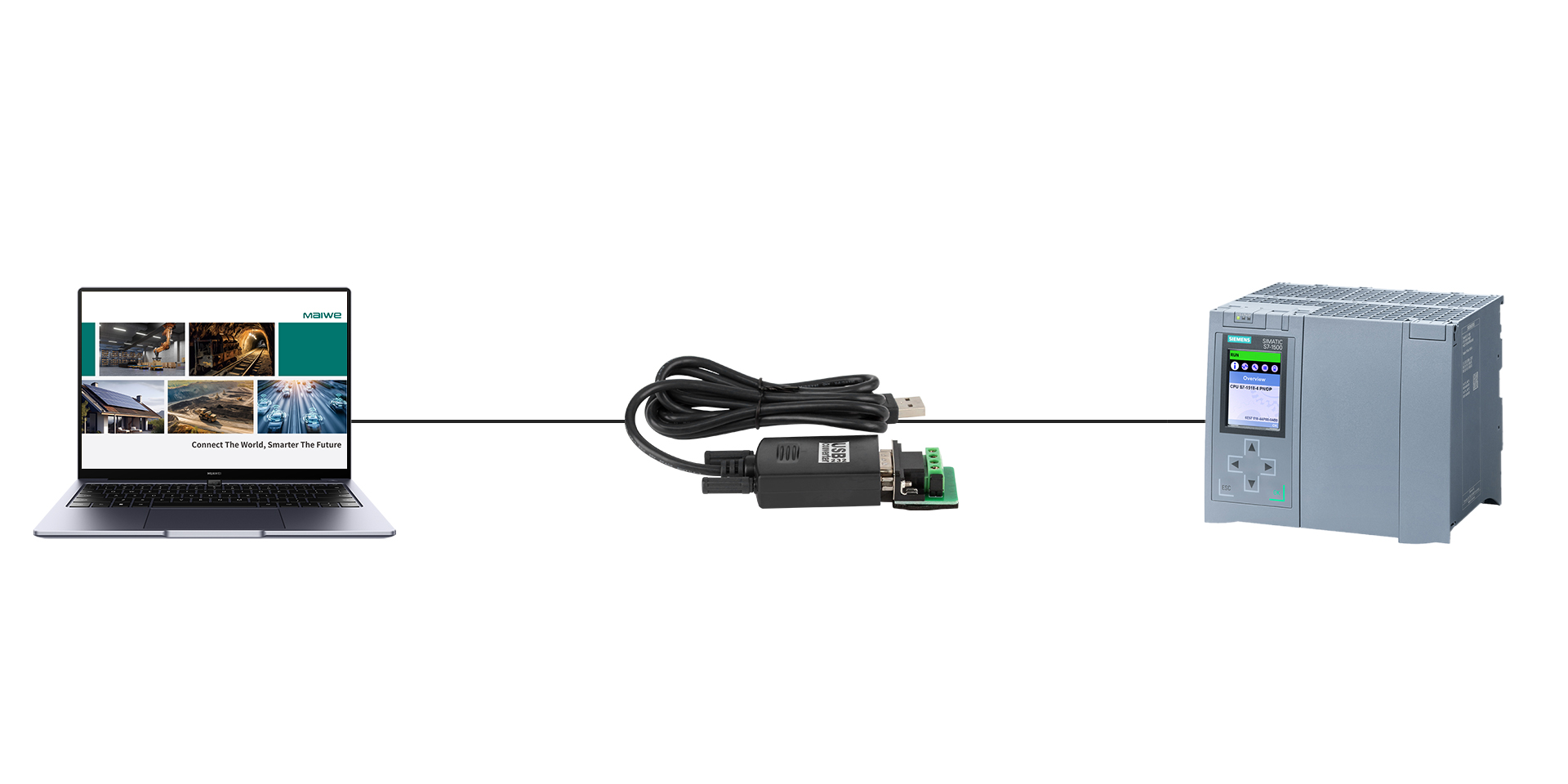Introduction to Serial Converter and Its Selection
In the world of industrial communication, a serial converter is a handy device that helps convert data between different types of interfaces. For example, it can convert data from a serial interface to USB, Ethernet, or fiber optic interfaces, and vice versa. These converters find applications in various industries, including industrial automation, telecommunications, and networking.
Types of Serial Interfaces
Serial port usually refers to standard interfaces such as RS-232, RS-422 or RS-485. These serial interfaces are commonly used for communication between devices, such as computers, industrial equipment, and peripherals.
RS-232 is commonly used for point-to-point communication between a computer and a peripheral device, such as a printer or modem. It's often found in consumer electronics and older industrial equipment where short-distance communication is sufficient.
RS-422 is ideal for applications that require long-distance communication and noise immunity. It's commonly used in industrial settings, such as factory automation and process control, where devices need to communicate over long distances or in noisy environments.
RS-485 is similar to RS-422 but allows for multi-point communication, making it suitable for applications where multiple devices need to communicate over a shared bus. It's often used in industrial environments for applications such as building automation, HVAC control, and access control systems.
Types of Serial Converters
Serial converters are used to enable communication between devices that use different types of interfaces. For example, a serial to USB converter allows a device with a serial interface to connect to a computer's USB port. Similarly, a serial to Ethernet converter enables communication over a network using Ethernet protocols.
Serial to USB Converter
A serial to USB converter is a device that allows you to connect a serial device, such as a printer or scanner, to a computer's USB port. It converts the serial signal into a USB signal, enabling the serial device to communicate with the computer. This type of converter is commonly used in situations where a computer does not have a built-in serial port or when you need to connect multiple serial devices to a single computer.

Serial to Serial Media Converter
A serial to serial media converter is used to convert between different types of serial interfaces, such as RS-232, RS-422, and RS-485. It allows you to connect devices with different serial interfaces, ensuring compatibility and seamless communication. This type of converter is often used in industrial automation and networking applications.

Serial to Fiber Converter/Modem
A serial to fiber converter/modem is a device that converts serial signals into fiber optic signals, enabling communication over long distances and in harsh environments. It is commonly used in industrial settings where traditional copper cables are impractical or insufficient. Fiber optic cables offer higher bandwidth and greater immunity to electromagnetic interference, making them ideal for industrial applications.
Serial to Ethernet Converter/Server
A serial to Ethernet conversion device enables serial devices to communicate over an Ethernet network by converting serial signals into Ethernet signals. This type of converter is commonly used in industrial automation, remote monitoring, and other applications requiring integration of serial devices into an Ethernet network for centralized control and management.
In the market, two common names are used to describe these devices, but there are differences between them:
Serial to Ethernet Converter: This term generally refers to a hardware device that converts serial data from devices like RS-232, RS-485, or RS-422 ports to Ethernet data, enabling communication over an Ethernet network. These converters are typically used in industrial, commercial, or networking applications to facilitate communication between serial devices and Ethernet networks.
Serial to Ethernet Server: This term is sometimes used to describe a device that not only converts serial data to Ethernet but also provides additional server-like functionality. This can include features like protocol conversion, data logging, or remote access/control capabilities. A serial to Ethernet server may offer more advanced functionality compared to a simple converter, making it suitable for more complex network environments.
At Maiwe, we offer advanced serial to Ethernet converters with server functions, ensuring seamless integration and efficient operation in diverse industrial and networking environments.
Factors to Consider When Selecting a Serial Converter
They are available in various form factors, including standalone devices, modules, and cables, and they may support different serial protocols and data rates, so, how we can choose?
- Compatibility with devices (e.g., baud rate, protocol): Ensure that the converter supports the baud rate and protocol of your serial devices. Some converters may support multiple baud rates and protocols, offering greater flexibility.
- Physical interface (e.g., connectors, form factor): Consider the type of connectors and form factor required for your application. Common connector types include DB9, DB25, and terminal block connectors. The form factor of the converter should also be suitable for your installation environment.
- Power requirements: Determine the power input requirements of the converter and ensure that it is compatible with your power supply. Some converters may support a wide range of input voltages for added flexibility.
- Mounting options (e.g., DIN rail, wall mount): Choose a converter with mounting options that are suitable for your installation environment. Common mounting options include DIN rail mounting and wall mounting.
- Environmental factors (e.g., temperature, humidity): Consider the operating temperature and humidity range of the converter to ensure that it can withstand the environmental conditions of your application. Industrial-grade converters are designed to operate in harsh environments and may offer wider temperature ranges.
Conclusion
In conclusion, serial converters play a crucial role in bridging the gap between different types of interfaces, enabling seamless communication in various industrial and commercial applications. Understanding the types of serial interfaces and converters available can help you choose the right solution for your specific needs. Whether you need to connect a serial device to a USB port, convert between different serial interfaces, or enable communication over long distances with fiber optic or Ethernet networks, there is a serial converter available to suit your requirements. Consider factors such as compatibility with devices, physical interface, power requirements, mounting options, and environmental factors when selecting a serial converter to ensure optimal performance and compatibility in your application.





















 Pre
Pre
 Back to list
Back to list